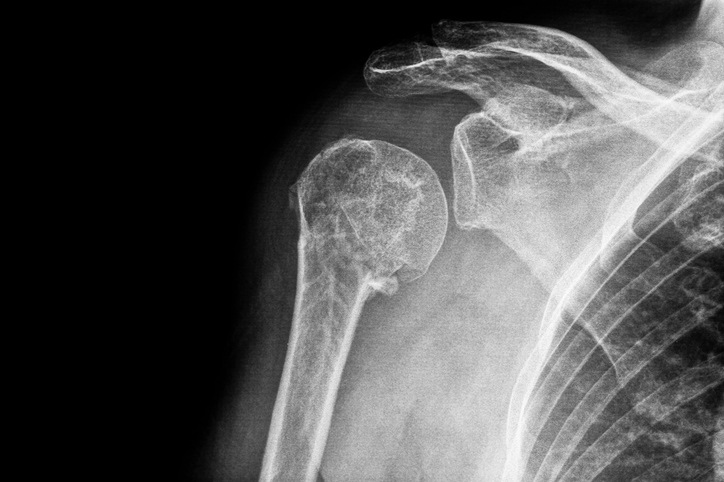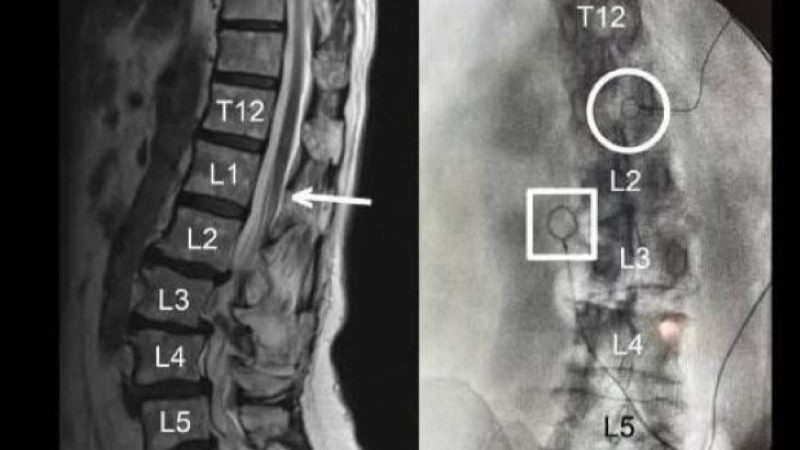
A study examined the association between rates of operative treatment for proximal humerus fracture and surgery outcomes.
“Meta-analyses of randomized clinical trials suggest that the advantages and risks of surgery compared with conservative management as the initial treatment for proximal humerus fracture (PHF) vary, or are heterogeneous across patients,” the study authors observed. “Substantial geographic variation in surgery rates for PHF suggests that the optimal rate of surgery across the population of patients with PHF is unknown.”
Treatment rates were compared by geographic location. The authors evaluated all fee-for-service Medicare beneficiaries who sustained proximal humerus fracture in 2011 and were continuously enrolled in Medicare Parts A and B for the full year prior to and following their fracture. The exposure was receiving one of the more common operative procedures for proximal humerus fracture 60 days following the fracture. Each hospital region received a risk-adjusted area surgery ratio. The correlation between higher surgery rates and adverse events (AEs), mortality risk, and cost at one year was evaluated.
Final analysis included 72,823 proximal huemrus fracture patients (mean [SD] age, 80.0 [7.9] years; 19.2% were male [n = 13,958]). Operative treatment rates varied significantly across hospital regions, from as low as 1.8% to up to 33.3%. Patients who received surgery compared to conservative management tended to be younger (mean [SD] age, 78.0 [7.2] years vs. 80.4 [8.1] years; P < 0.001), healthier (Charlson Comorbidity Index score of 0, 3,468 [29.1%] patients vs. 14,863 [24.4%] patients; Function-Related Indicator score of 0, 4,980 [41.8%] patients vs. 20,720 [34.0%] patients; P < 0.001 for both), and female (9,835 [82.5%] patients vs. 49,030 [80.5%] patients; P < 0.001). Upon instrumental variable analysis, the study authors observed that higher proximal humerus fracture surgery rates were correlated with increased total costs ($8,913) during the treatment period, rates of AEs (every 1-percentage point increase in surgery rate was linked to a 0.19-percentage point increase in one-year AE rate; β = 0.19; 95% confidence interval [CI], 0.09-0.27; P < 0.001), and mortality risk (every 1-percetnage point increase in surgery rate was linked to a 0.09-percentage point increase in one-year mortality rate; β = 0.09; 95% CI, 0.04-0.15; P < 0.01). Outcomes were more significant for proximal humerus fracture patients who were older and had higher comorbidity burdens and greater frailty: “Risk-adjusted estimates suggested that surgical patients had higher costs (increase of $17 278) and more adverse events (a 1–percentage point increase in the surgery rate was associated with a 0.12–percentage point increase in the 1-year adverse event rate; β = 0.12; 95% CI, 0.11 to 0.13; P < .001) but lower risk of mortality after PHF (a 1–percentage point increase in the surgery rate was associated with a 0.01–percentage point decrease in the 1-year mortality rate; β = −0.01; 95% CI, −0.015 to −0.005; P < .001),” the researchers wrote.
The results of the study were published in JAMA Network Open.
The study authors wrote in their conclusion, “Our estimates provide evidence to suggest that current PHF surgery rates are higher than the effective surgery rate and that lowering surgery rates may be associated with lower 1-year mortality rates and adverse event risks. These results are especially pronounced for patients with PHF in high-risk patient subgroups. Because the choice of treatment can affect a number of measured and unmeasured variables, some of which could not be measured in this analysis, further analysis using patient-reported outcomes is warranted.”







 © 2025 Mashup Media, LLC, a Formedics Property. All Rights Reserved.
© 2025 Mashup Media, LLC, a Formedics Property. All Rights Reserved.